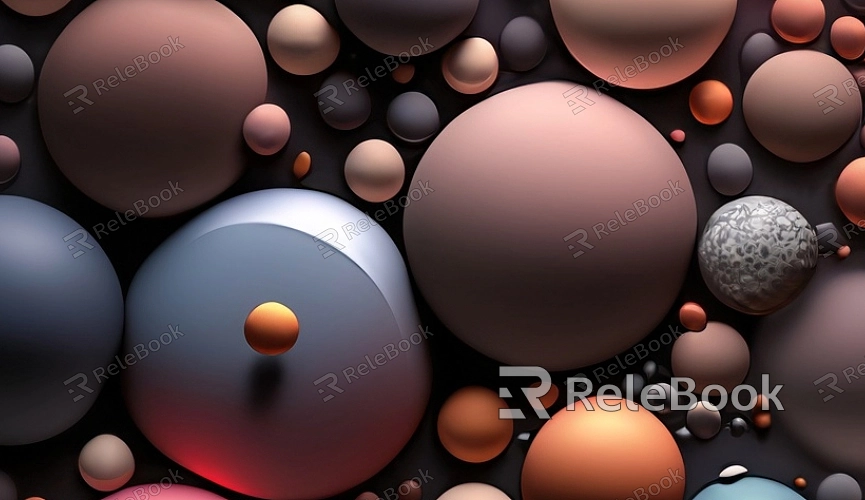What is Texture Mapping in 3D?
In 3D model rendering, texture mapping is a fundamental yet crucial step that plays a key role in shaping the visual appeal of three-dimensional models. Today, we will explore the role and significance of texture mapping in 3D design, along with its applications and the creative possibilities it brings.If you need it, I recommend downloading 3D textures from Relebook. There is no better choice than this.If you need it, I recommend downloading 3D textures from Relebook. There is no better choice than this.
1. Definition:
Texture mapping in 3D refers to the process of applying texture materials—visual patterns or images—to the surfaces of three-dimensional models. These textures can range from simple colors to intricate designs, mimicking real-world materials and enhancing the overall realism of the model.

2. Enhancing Surface Details:
The core function of texture mapping is to enhance surface details. Designers can imbue their 3D models with various surface effects, such as wood grain, stone textures, metallic finishes, and more. This attention to surface detail adds depth and authenticity to the models.
3. Colors and Patterns:
Texture mapping allows designers to introduce a spectrum of colors, patterns, or images onto the surfaces of their 3D models. This capability opens up a world of creative expression, enabling the visualization of everything from lifelike landscapes to futuristic, imaginative environments.
4. Realism and Immersion:
The primary goal of texture mapping in 3D is to simulate realism. By carefully selecting and applying textures, designers create virtual worlds that closely mimic the intricacies of the physical environment. This realism contributes to a more immersive and engaging user experience.
5. Applications Across Industries:
Texture mapping finds extensive applications across various industries. In gaming, realistic textures contribute to immersive gameplay experiences. In architectural visualization, it aids in creating lifelike renderings of buildings and interiors. In film and animation, texture mapping brings characters and scenes to life with vibrant and detailed surfaces.
6. Tools and Techniques:
Designers utilize specialized software and tools to apply textures in 3D models. These tools allow for precise mapping of textures onto surfaces, enabling control over aspects like scale, orientation, and blending.
Texture mapping in 3D is a crucial aspect of the design process across many dimensions. It empowers designers to elevate their creations by adding realism, depth, and visual appeal.

